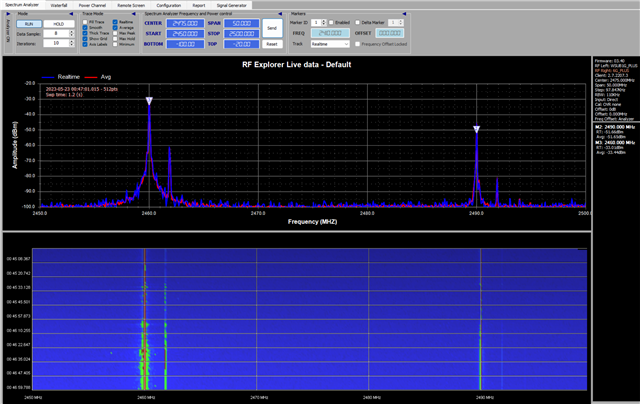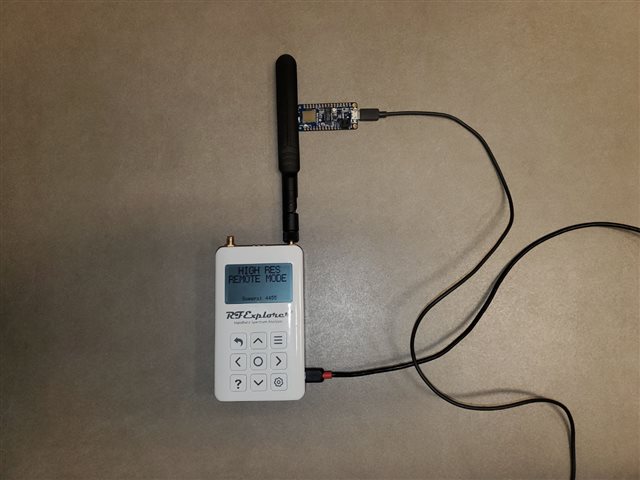I'm running the nRF52840's radio (Raytec MDBT50Q-1MV2 module) in continuous carrier mode just to check some stuff with my RF spectrum analyzer. The analyzer shows a two peaks, one at f_center, and a smaller one +2MHz from f_center.
Where is this second peak coming from? And why is it upper sideband and nothing lower sideband?
Screenshot shows two differently positioned nRF52840 units performing the same test, but with different f_center, both of them have the same second peak at +2Mhz

The radio itself works fine, no bit errors when I actually send packets, RSSI look great. I am mainly just curious about this second peak, for educational purposes.
Thanks




